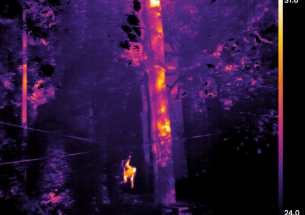News and Opinion
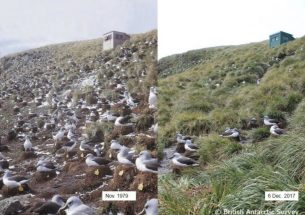
‘Hotspots’ reveal where sub-Antarctic seabirds are at risk from fishing
READ MORE about ‘Hotspots’ reveal where sub-Antarctic seabirds are at risk from fishing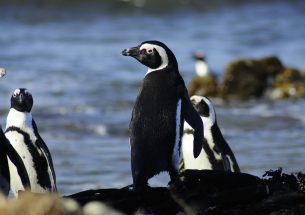
Penguins and their chicks’ responses to local fish numbers informs marine conservation
READ MORE about Penguins and their chicks’ responses to local fish numbers informs marine conservation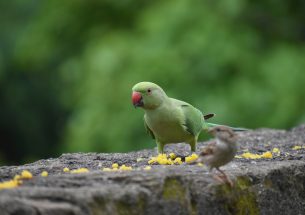
Invasive Species Week: UK Invasions in a Changing Climate
READ MORE about Invasive Species Week: UK Invasions in a Changing Climate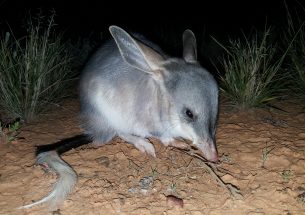
Predator exposure can help vulnerable species survive in the wild
READ MORE about Predator exposure can help vulnerable species survive in the wild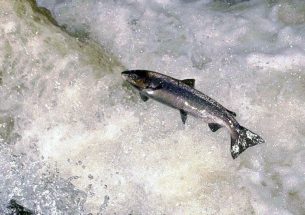
Understanding the decline of Atlantic salmon catches in Scotland
READ MORE about Understanding the decline of Atlantic salmon catches in Scotland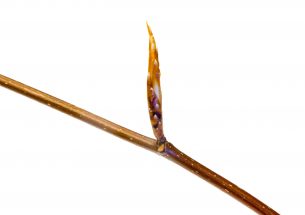
Early spring: predicting budburst with genetics
READ MORE about Early spring: predicting budburst with genetics
BES response to the IPBES biodiversity report: This matters
READ MORE about BES response to the IPBES biodiversity report: This matters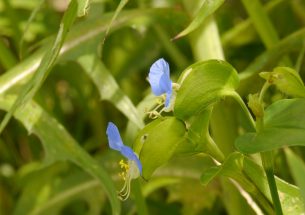
Closely related flowers can coexist through self-fertilization
READ MORE about Closely related flowers can coexist through self-fertilization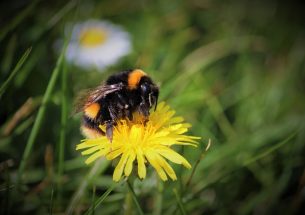
The hunger gaps: how flowering times affect farmland bees
READ MORE about The hunger gaps: how flowering times affect farmland bees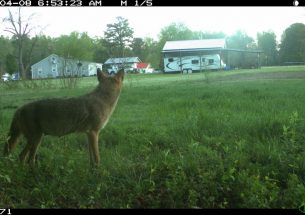
Can multiple carnivores coexist in cities?
READ MORE about Can multiple carnivores coexist in cities?
Creating bee-healthy diet plan(t)s
READ MORE about Creating bee-healthy diet plan(t)s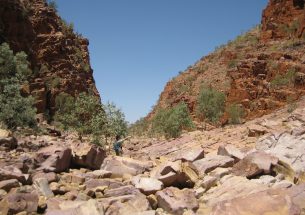
When rivers stop flowing, do we stop caring?
READ MORE about When rivers stop flowing, do we stop caring?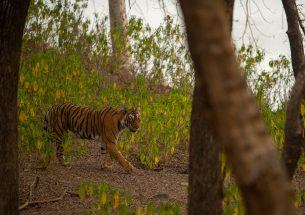
Scant amounts of DNA reveal conservation clues
READ MORE about Scant amounts of DNA reveal conservation clues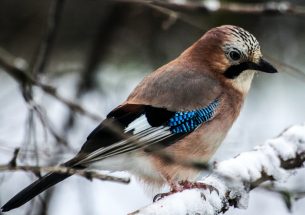
Volunteer ornithological survey shows effects of temperatures on Eurasian jay population
READ MORE about Volunteer ornithological survey shows effects of temperatures on Eurasian jay population